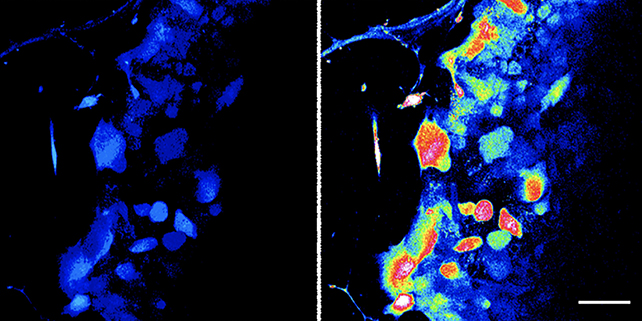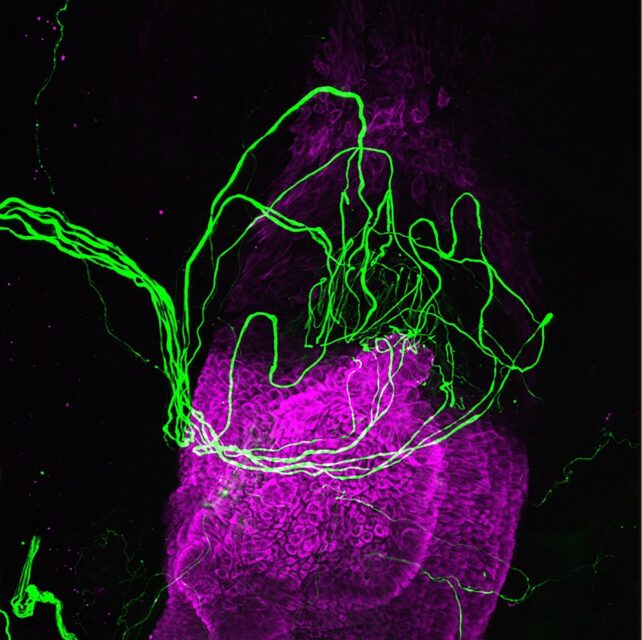A groundbreaking study unveils a novel mechanism by which we perceive light touches: directly through our hair follicles. Previously, it was believed that only nerve endings in the skin and surrounding the hair follicles were responsible for transmitting this sensation.
Researchers from Imperial College London in the UK, leading the study, employed an RNA sequencing process (learn more about RNA-Seq here) to discover that cells in a specific portion of the hair follicle known as the outer root sheath (ORS) possess a higher concentration of touch-sensitive receptors compared to equivalent cells in the skin.
They conducted experiments involving lab cultures of human hair follicle cells alongside sensory nerves. When the hair follicle cells were mechanically stimulated, the nearby sensory nerves activated, indicating that the touch had been registered.

Furthermore, the experiments revealed that ORS cells release the neurotransmitters serotonin and histamine through tiny sacs called vesicles, which serve as a means of communication with the surrounding cells.
“This discovery is incredibly exciting as it raises numerous intriguing questions about the function and significance of these cells in our skin’s ability to perceive touch,” explains Parastoo Hashemi, a neural engineer from Imperial College London.

The touch-sensing nerve cells are referred to as mechanoreceptors, responsible for our ability to perceive gentle touches as well as stronger pressures. In this case, the hair follicle cells specifically interacted with low-threshold mechanoreceptors (LTMRs) that are adept at sensing delicate touches.
While it was already recognized that body hair plays a vital role in our sense of touch, this study has shed light on the intricate biological interaction between ORS cells and LTMRs that goes beyond a simple mechanical response. One significant question remains unanswered: why do hair follicle cells fulfill this role?
“This unexpected finding begs the question of why hair follicle cells are involved in processing light touch. With the follicle housing numerous sensory nerve endings, we now seek to determine whether the hair follicle activates specific types of sensory nerves, unraveling an unknown but unique mechanism,” says Claire Higgins, a bioengineer from Imperial College London.
It is worth noting that parallel experiments were conducted using skin cells instead of hair follicle cells. In this scenario, histamine was released, but serotonin was only minimally released, suggesting something distinct about the function of ORS cells.
Considering that histamine plays a crucial role in various inflammatory skin conditions, including eczema, further exploration of how hair follicles detect touch could potentially lead to enhanced treatment and preventive measures.
“Our research uncovers a fresh role for skin cells in the release of histamine, with potential implications for eczema research,” adds Higgins.
The study has been published in Science Advances.


